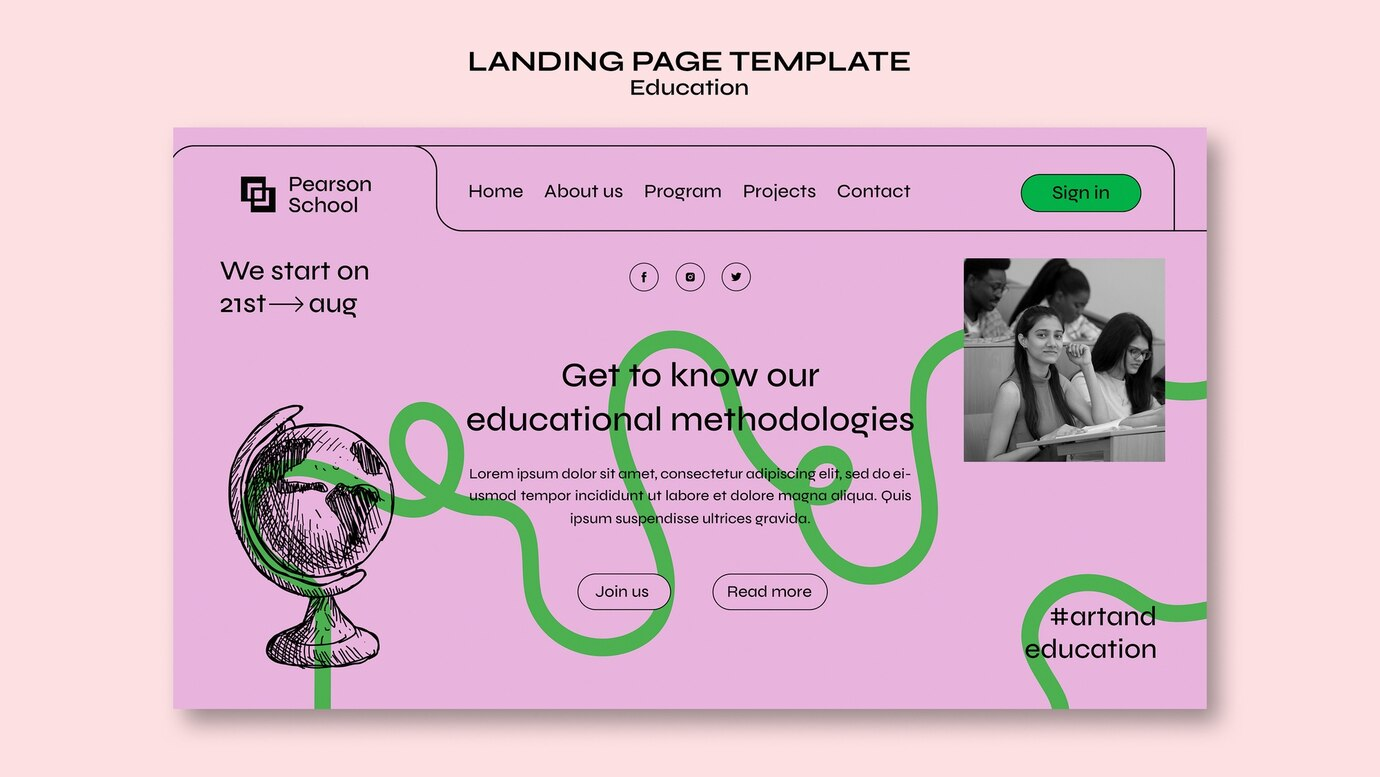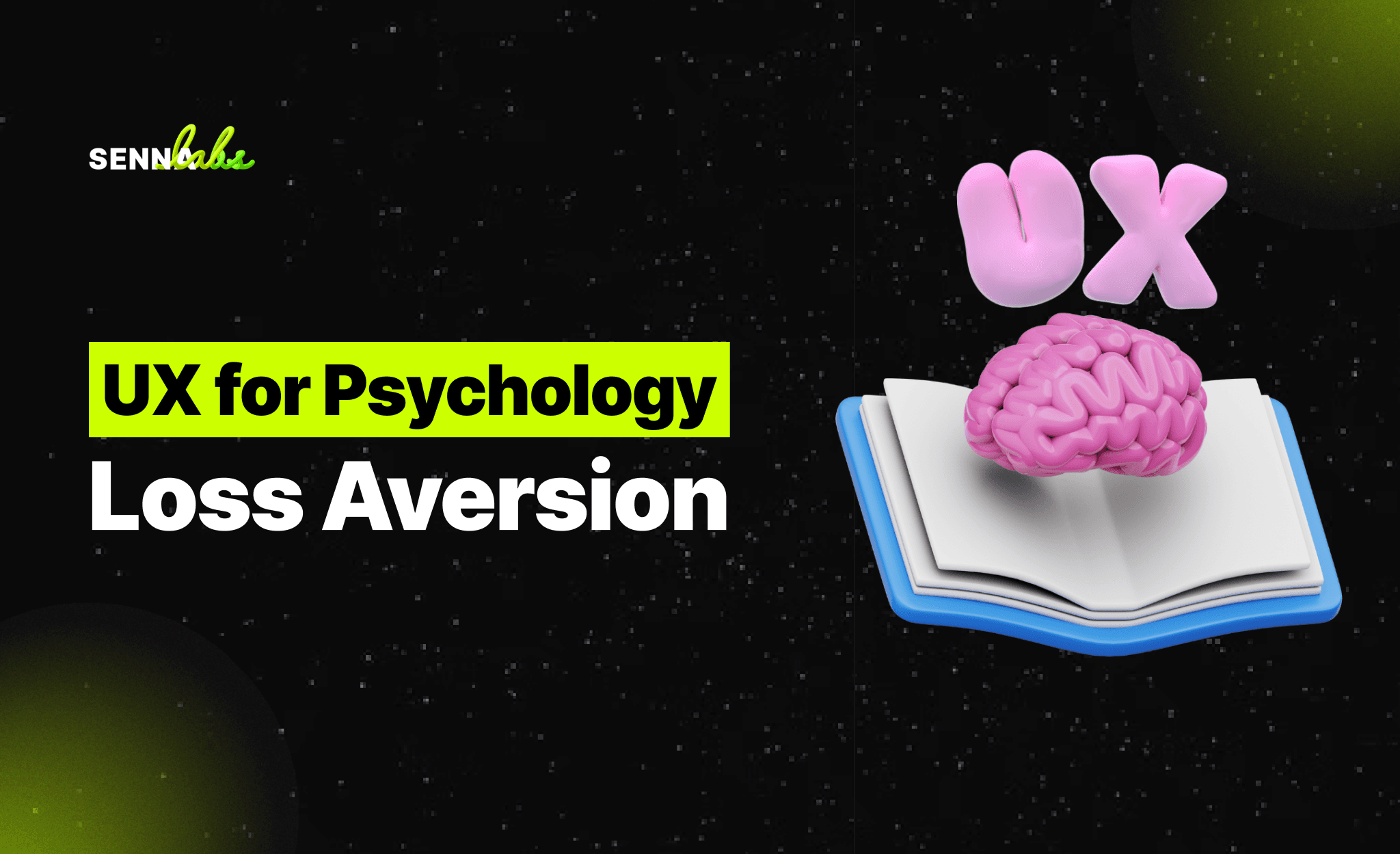UX/UI for Educational Platforms: Enhancing Learning Experiences

With the rise of online education, educational platforms have become essential tools for students, professionals, and lifelong learners. Platforms offering courses, language learning, and skill development need an engaging and accessible User Experience (UX) and User Interface (UI) to enhance learning outcomes.
A well-structured UX/UI design makes online learning more interactive, accessible, and engaging, increasing student retention, motivation, and course completion rates. This article explores how gamification enhances motivation, personalization improves learning experiences, and mobile-friendly UX/UI increases accessibility for students worldwide.

How Gamification in UI Improves Student Motivation
Gamification is one of the most effective strategies for keeping students engaged in online learning. Incorporating game-like elements into UI design makes learning more enjoyable, increases motivation, and encourages students to complete courses.
1. What is Gamification in Educational UX/UI?
Gamification integrates game mechanics into learning platforms to encourage participation and achievement. Key elements include:
-
Points and badges for completing lessons or quizzes.
-
Leaderboards to create friendly competition.
-
Progress tracking to visualize learning achievements.
-
Streak rewards for maintaining consistency in learning.
These elements make the learning process more interactive, rewarding, and habit-forming.
2. Best Gamification Strategies for Learning Platforms
a) Reward Systems and Progress Tracking
-
Award badges and certificates after course completion.
-
Use progress bars to show learners how much they have completed.
-
Offer small rewards for daily logins and consistent study habits.
b) Interactive Quizzes and Challenges
-
Implement timed quizzes to make assessments more engaging.
-
Introduce peer-to-peer challenges to encourage competition.
-
Provide instant feedback with explanations for incorrect answers.
c) Streaks and Daily Goals
-
Encourage users to maintain a learning streak with reminders.
-
Set customizable learning goals based on student preferences.
-
Display motivational messages and notifications after milestones.
3. The Impact of Gamification on Learning Retention
Platforms that use gamification effectively see:
-
Higher student motivation and engagement.
-
Increased course completion rates.
-
More frequent return visits, as users feel encouraged to continue.
Gamification turns learning into a fun, rewarding experience, helping students stay committed.
The Importance of Personalization in Learning Platforms
Every learner is different, with unique goals, strengths, and learning styles. Personalized UX/UI adapts content and recommendations to fit individual needs, making learning more efficient and enjoyable.
1. Why Personalization Matters in Educational UX/UI
A one-size-fits-all approach does not work in education. Personalized UX/UI helps:
-
Tailor content to different skill levels and preferences.
-
Provide targeted recommendations for next lessons or courses.
-
Adjust difficulty levels based on learner performance.
2. Best Personalization Strategies for Learning Platforms
a) AI-Powered Course Recommendations
-
Suggest courses based on past learning behavior and interests.
-
Use adaptive learning paths to adjust difficulty in real-time.
b) Customizable Learning Experience
-
Allow users to set their own study pace and goals.
-
Provide multiple learning formats (videos, text, interactive exercises).
c) Data-Driven Progress Insights
-
Show personalized analytics on learning performance.
-
Offer study tips and improvement suggestions based on user behavior.
3. The Impact of Personalization on Learning Outcomes
Personalized learning experiences lead to:
-
Higher engagement and retention as learners feel the content is relevant.
-
Improved comprehension with customized difficulty adjustments.
-
Greater student satisfaction as the platform adapts to their needs.
By offering personalized UX/UI, educational platforms ensure that students get the most effective learning experience possible.
How Mobile-Friendly UX/UI Increases Accessibility for Students Worldwide
With the increasing use of smartphones and tablets, mobile-friendly educational platforms are essential for accessibility. Many learners, especially in developing regions, rely on mobile devices for online education.
1. The Role of Mobile UX/UI in E-Learning
A poor mobile experience can lead to frustration and drop-off rates, whereas a well-optimized mobile UI allows students to:
-
Learn anytime, anywhere without being tied to a desktop.
-
Access lessons, quizzes, and videos on the go.
-
Engage with bite-sized content more efficiently.
2. Best Practices for Mobile-Optimized UX/UI in Education
a) Responsive Design for All Devices
-
Ensure seamless adaptation to different screen sizes.
-
Use touch-friendly navigation elements for easy scrolling and selection.
b) Offline Learning Features
-
Allow downloads of lessons and quizzes for offline use.
-
Provide automatic progress sync when reconnected to the internet.
c) Mobile-Optimized Assessments and Exercises
-
Use mobile-friendly quiz formats (drag-and-drop, multiple choice, tap-to-answer).
-
Offer speech recognition for language learning exercises.
3. The Impact of Mobile UX/UI on Learning Accessibility
When learning platforms prioritize mobile-friendly design, they:
-
Expand access to education for learners in remote areas.
-
Improve engagement rates by allowing flexible learning schedules.
-
Increase course completion rates by enabling learning on the go.
By making UX/UI mobile-friendly, educational platforms become more inclusive and accessible for students worldwide.
Best UX/UI Practices for Educational Platforms
To create an engaging and effective learning experience, educational platforms should follow these UX/UI best practices:
-
Integrate Gamification for Motivation
-
Use badges, streaks, and progress tracking.
-
Implement interactive quizzes and challenges.
-
Personalize Learning Paths
-
Offer AI-driven course recommendations.
-
Provide adaptive difficulty levels and study insights.
-
Ensure Mobile-Friendly Design
-
Optimize for all screen sizes.
-
Allow offline learning and automatic progress sync.
-
Make Navigation Simple and Intuitive
-
Use clean layouts with easy-to-access features.
-
Keep menus minimal and well-organized.
-
Prioritize Accessibility for All Users
-
Include high contrast themes and larger font options.
-
Support voice commands and text-to-speech features.
Conclusion
A well-designed educational platform should go beyond simply offering courses. It should motivate, engage, and adapt to each learner’s needs. By integrating gamification, personalization, and mobile-friendly UX/UI, online learning platforms can increase student retention, improve learning outcomes, and make education more accessible worldwide.
In an era where digital learning is becoming the norm, investing in seamless, student-friendly UX/UI design is essential for ensuring an engaging and effective learning experience.


Subscribe to follow product news, latest in technology, solutions, and updates
Other articles for you



Let’s build digital products that are simply awesome !
We will get back to you within 24 hours!Go to contact us Please tell us your ideas.
Please tell us your ideas.







